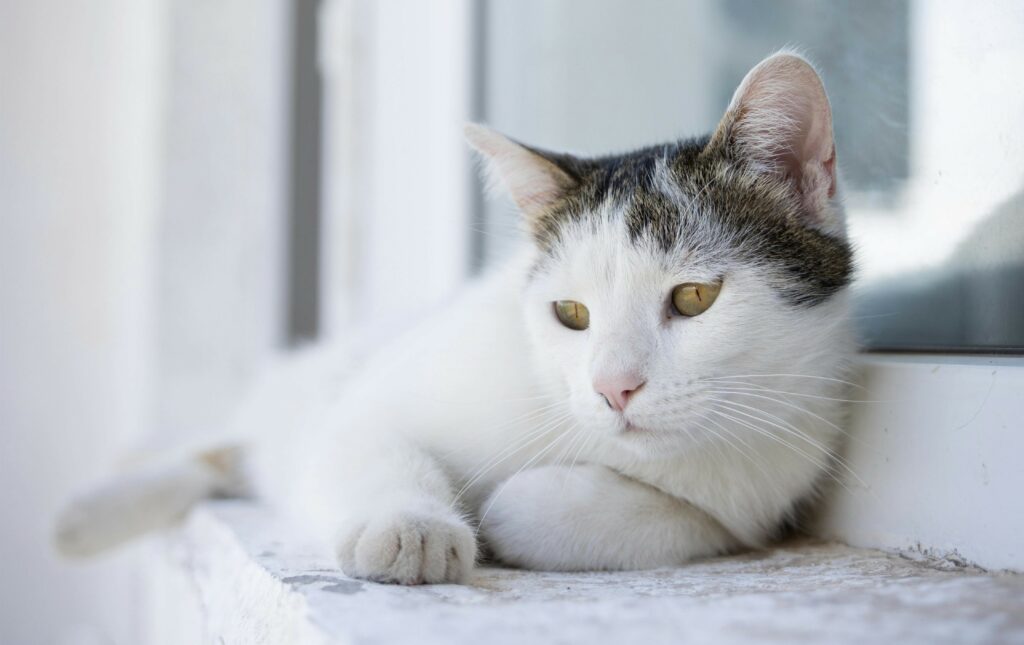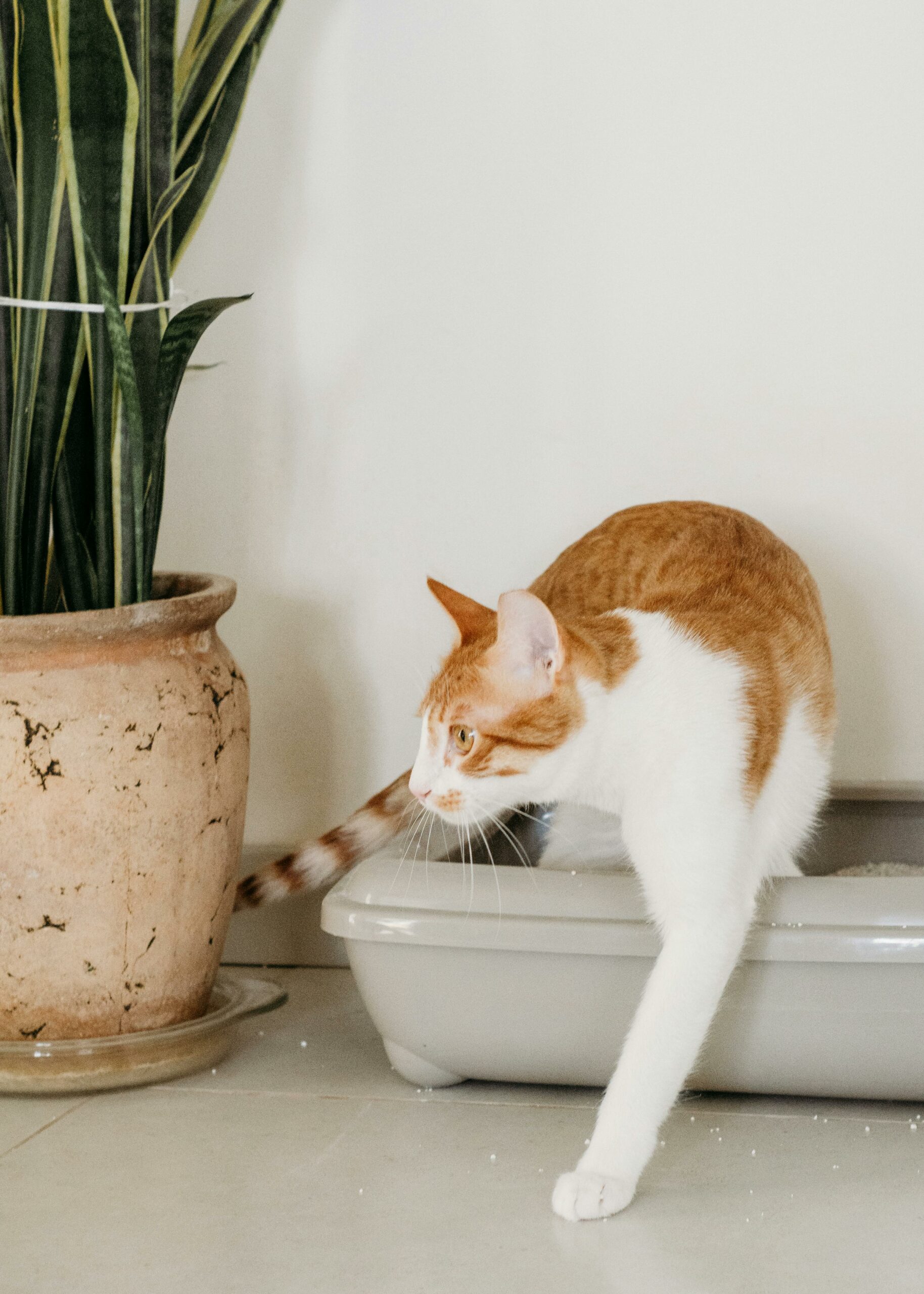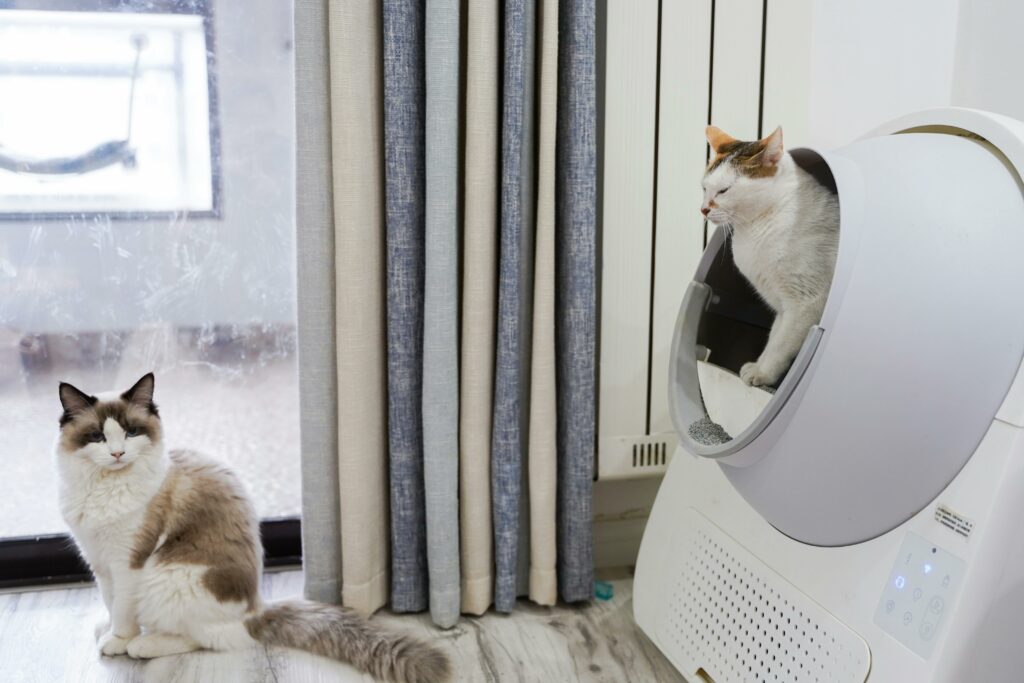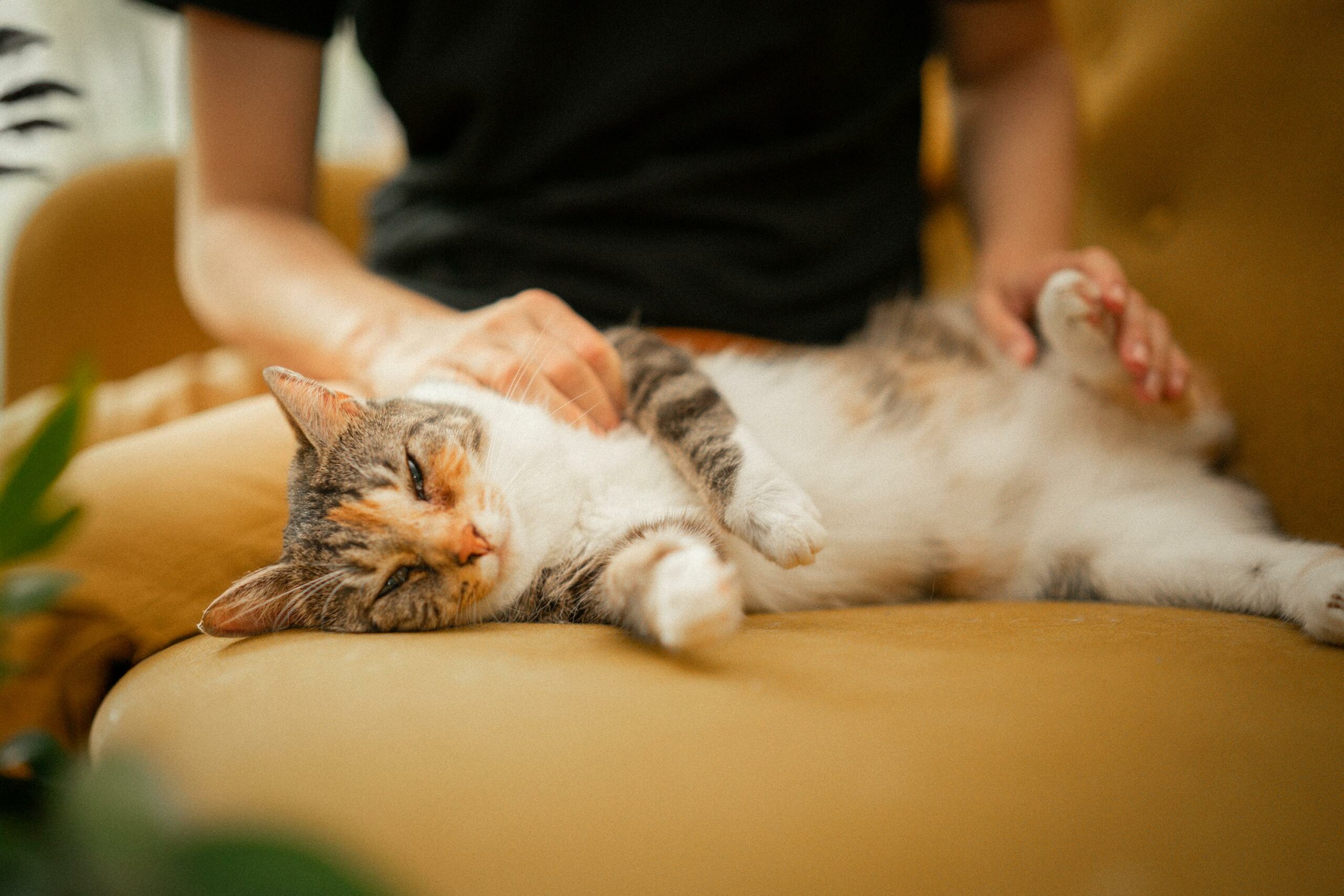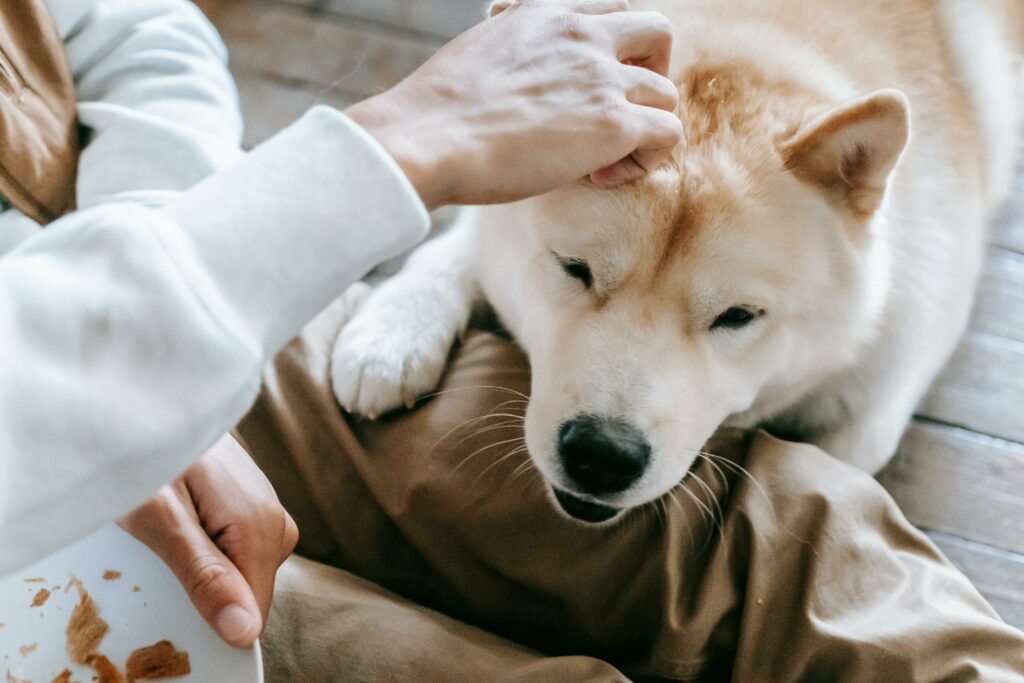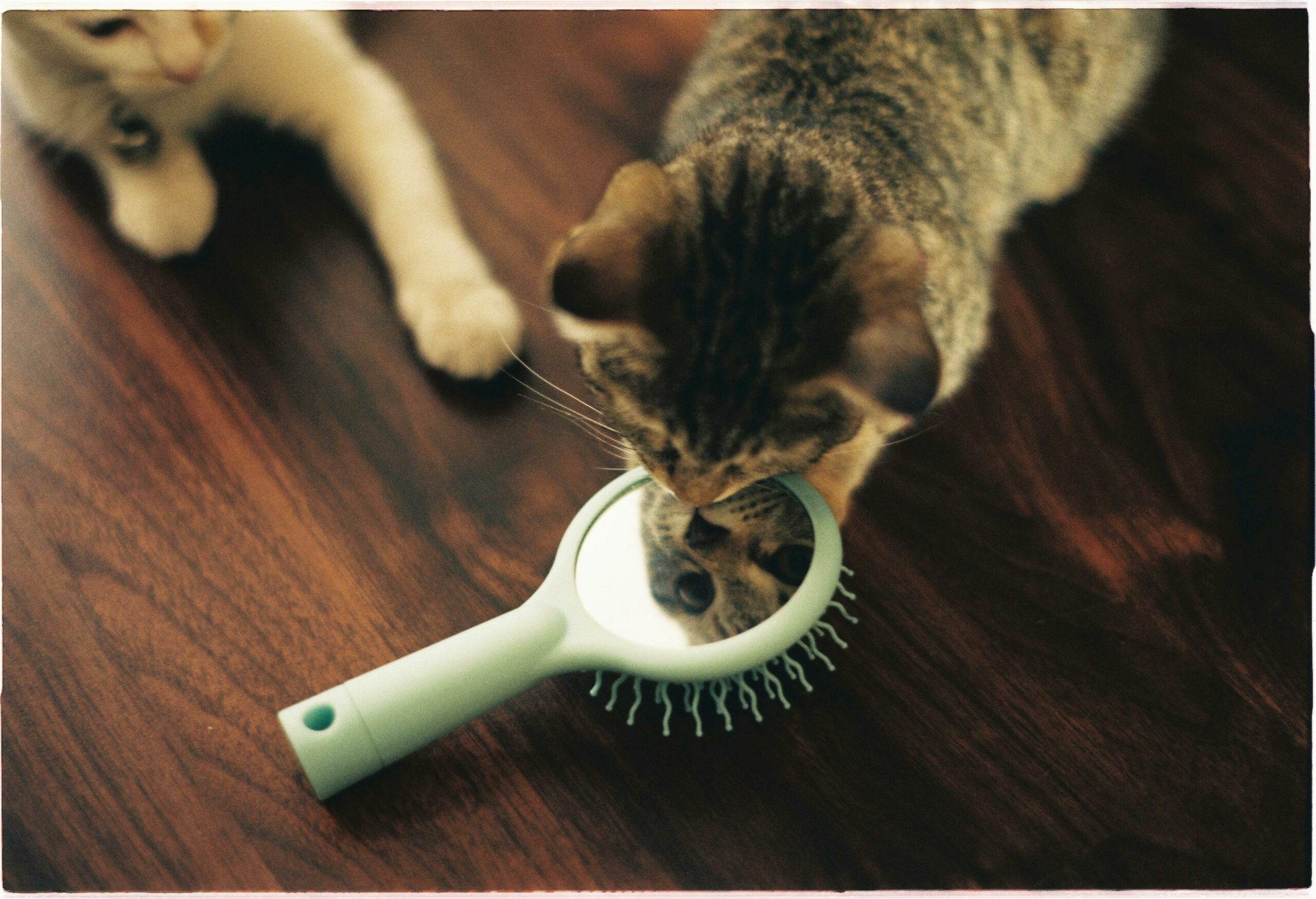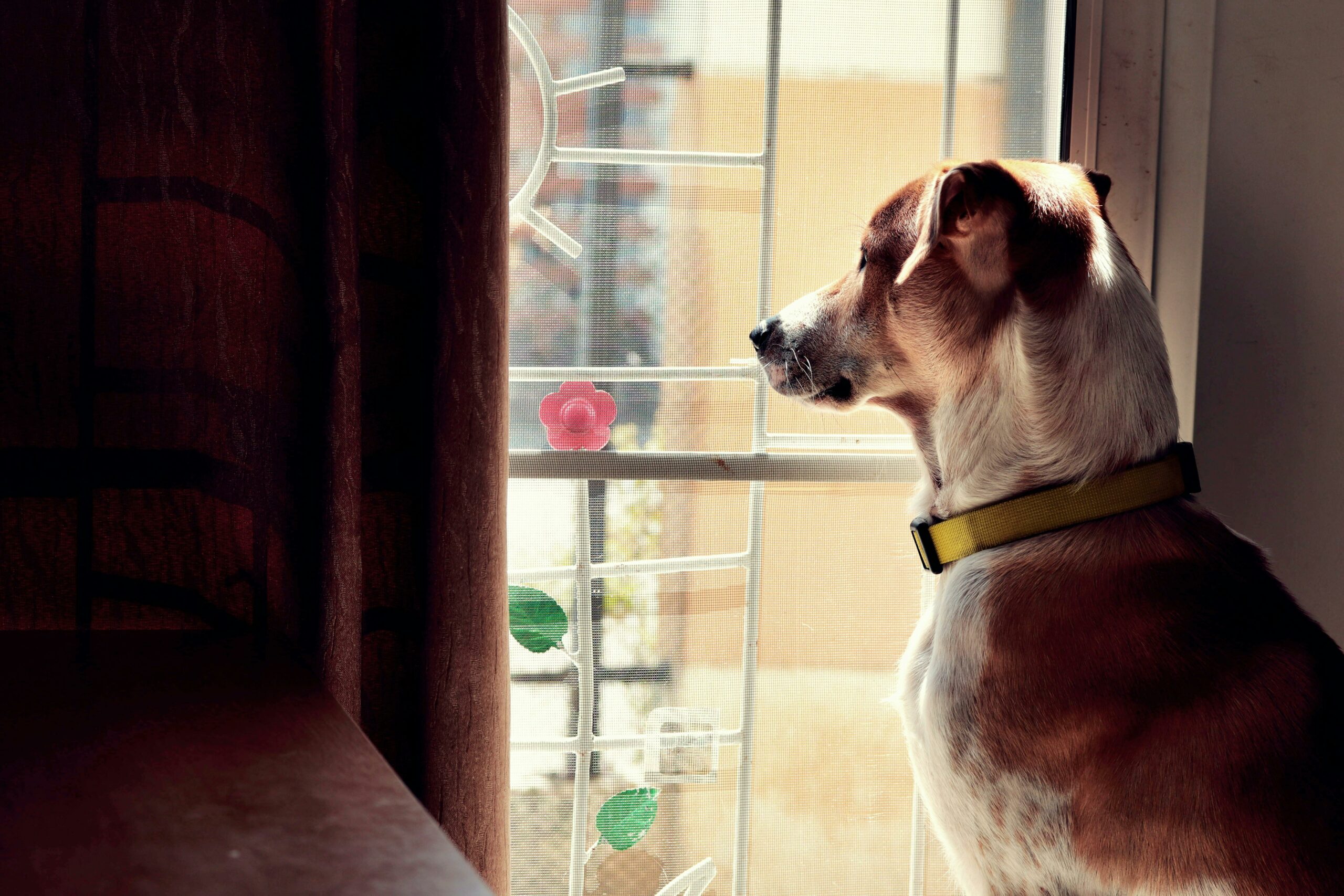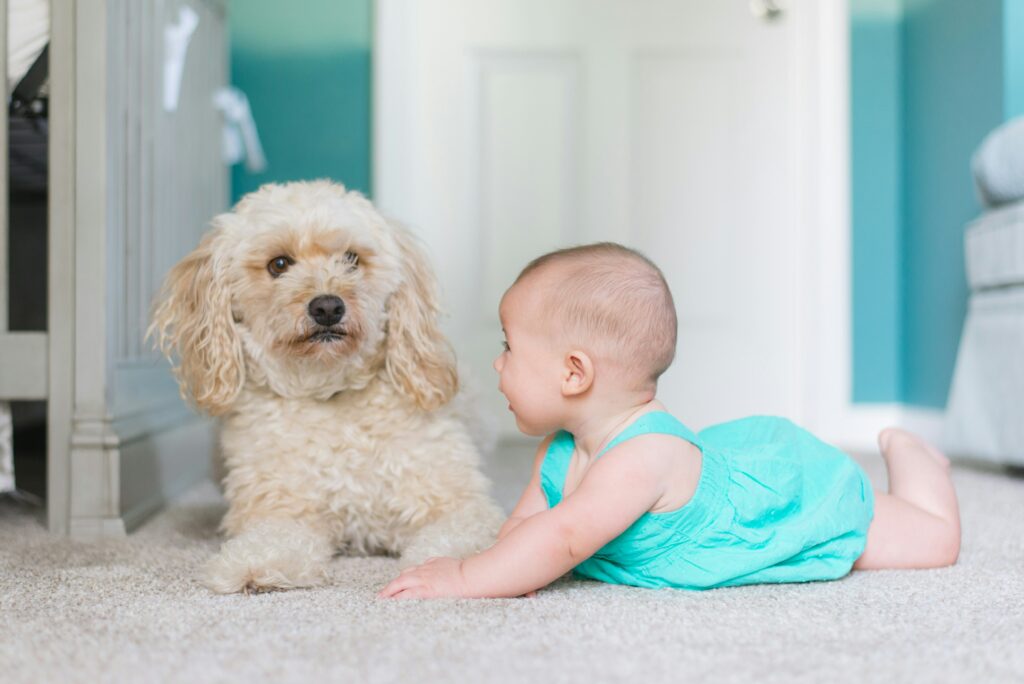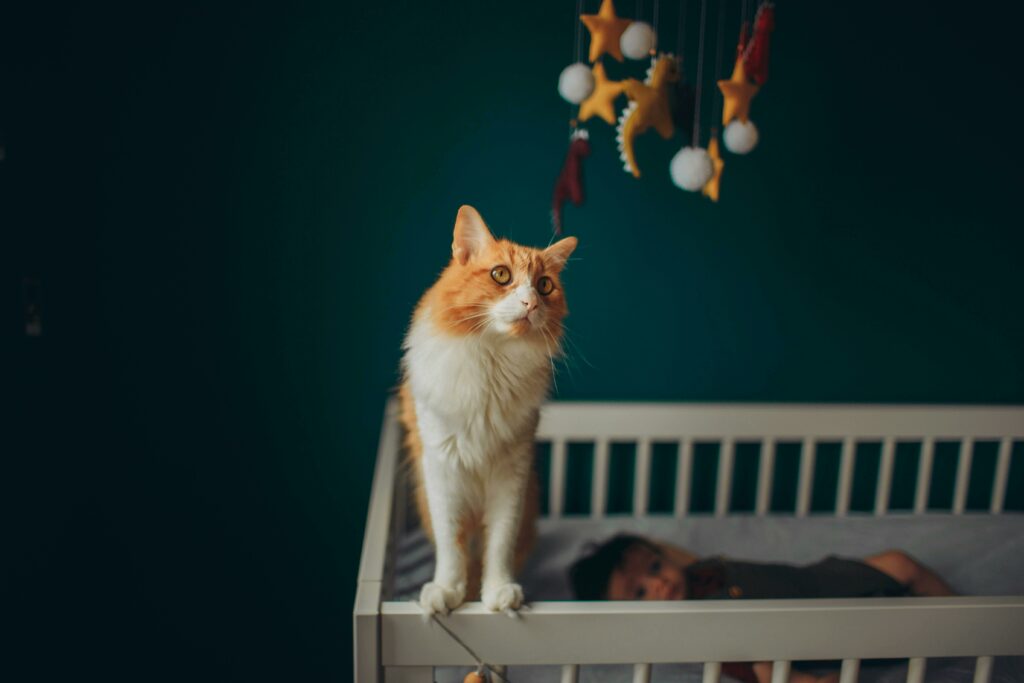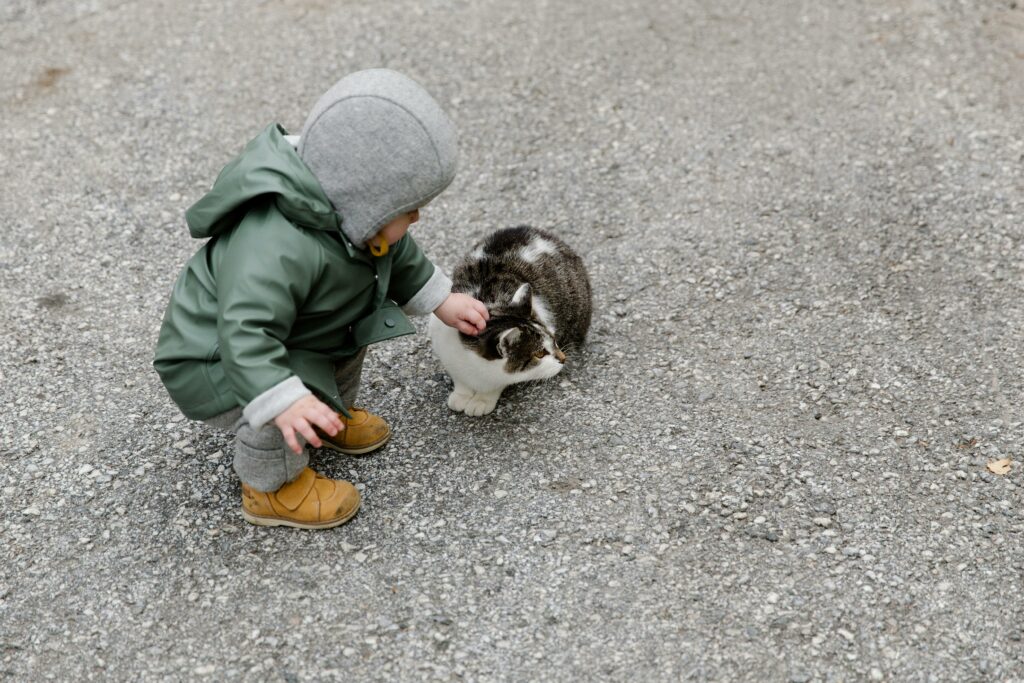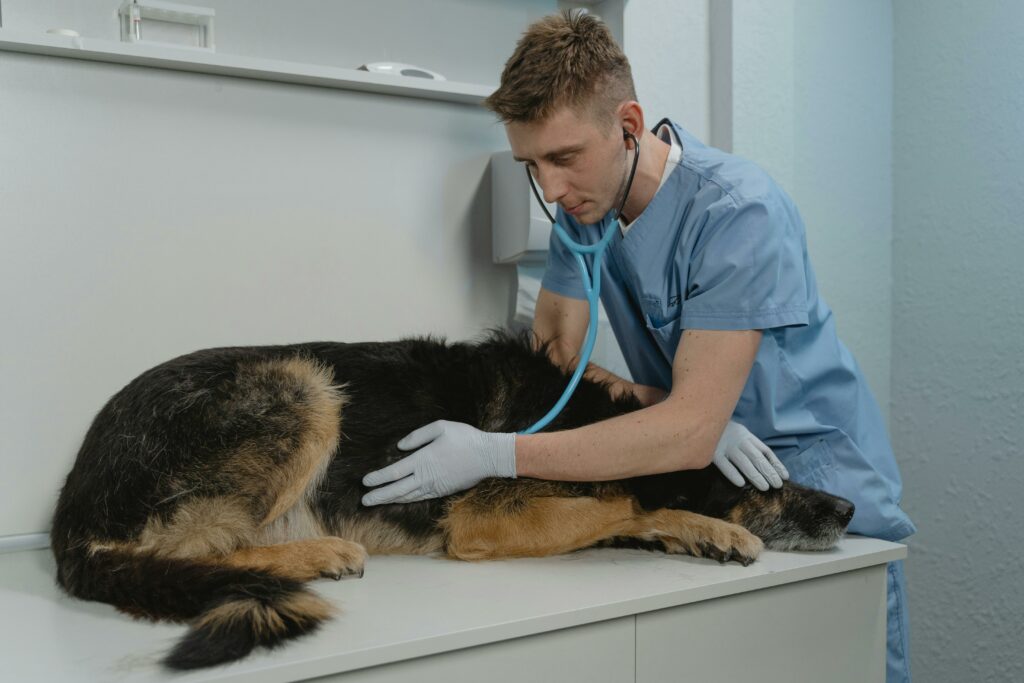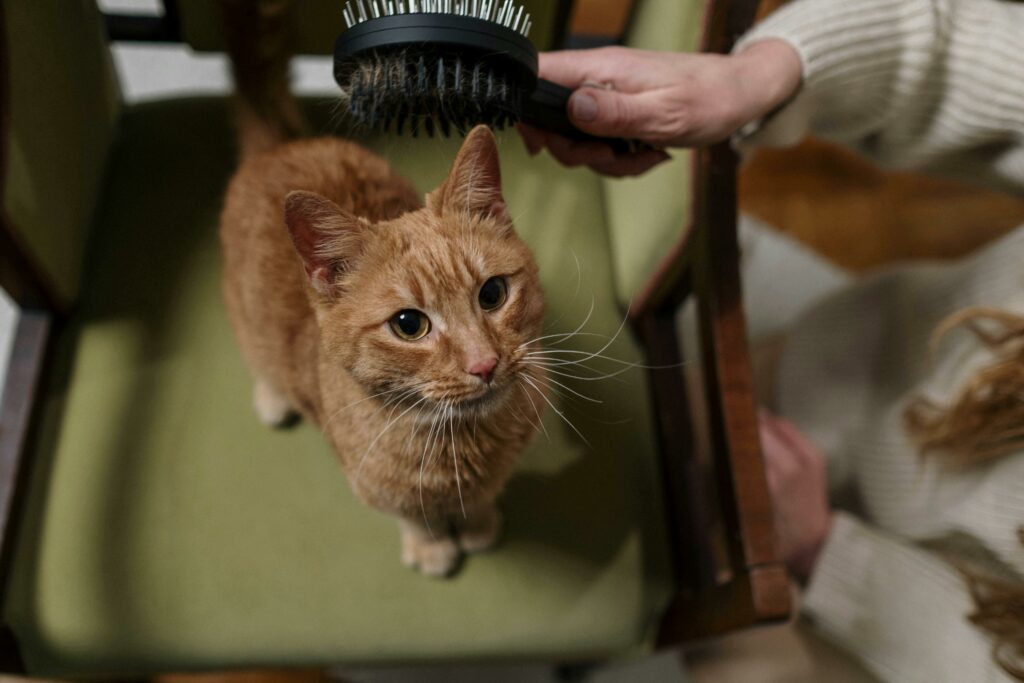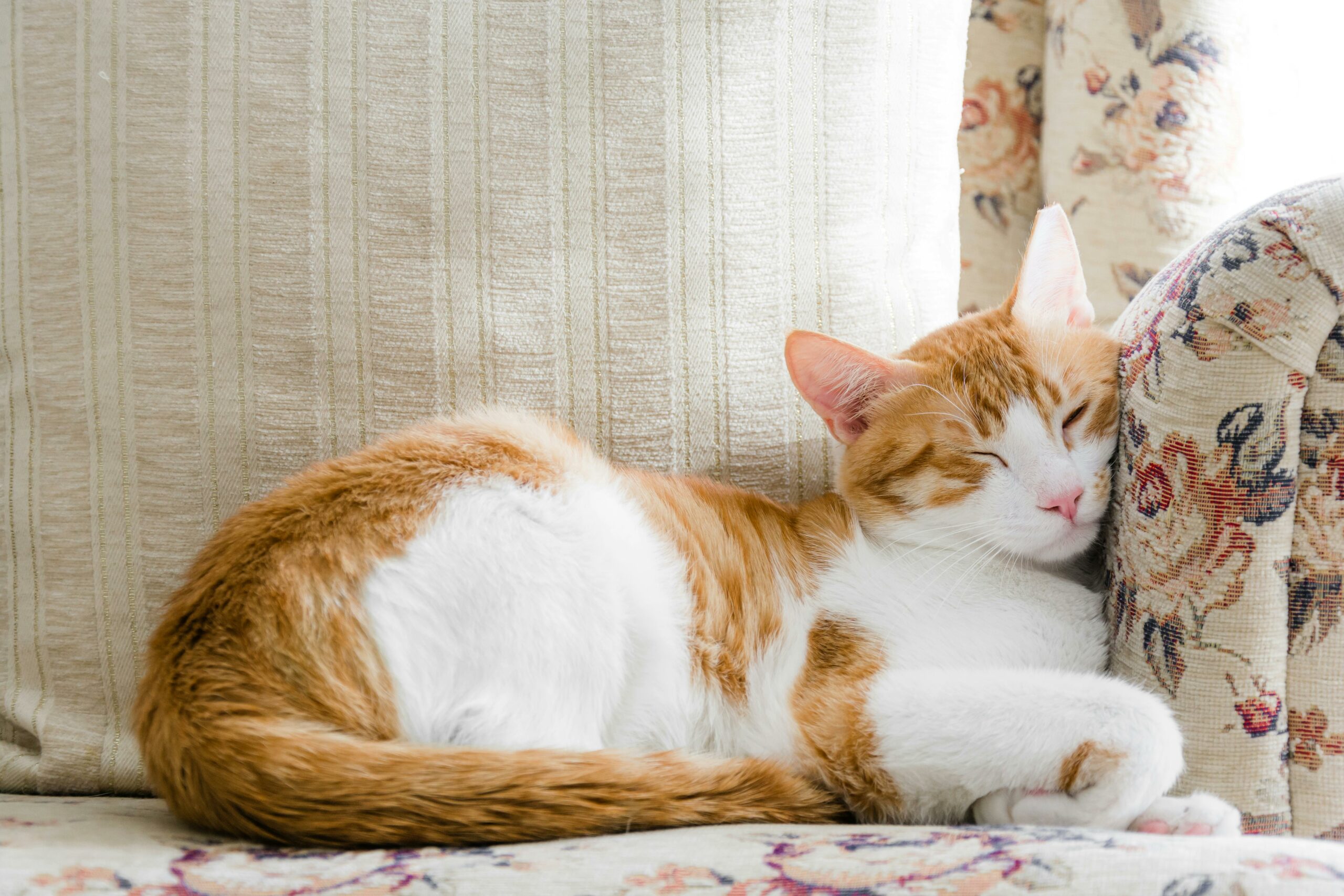
As of 1 September 2024, cat ownership will officially be allowed in HDB flats in Singapore, subject to specific guidelines. While many cat lovers are thrilled about the change, it also brings up practical concerns — especially those related to HDB noise complaints. Understanding how to be a considerate and responsible cat owner under HDB’s new rules is essential for maintaining harmony in densely populated residential areas.
Understanding HDB Noise Complaints
Living in an HDB flat means sharing close quarters with many other residents. As such, the Housing & Development Board (HDB) enforces noise control guidelines to ensure a peaceful living environment. Common noise complaints involve renovation works, loud music, and increasingly, pet-related disturbances. With cats now permitted under certain conditions, it’s important for owners to understand how feline behaviour might contribute to HDB noise complaints.
How Cats Can Cause Noise Issues in HDB Flats
While cats are generally quieter than dogs, they can still be a source of noise:
Loud vocalisation (caterwauling): Especially during mating seasons or if the cat is not sterilised.
Scratching or thumping sounds: Particularly at night, when cats are most active.
Multi-cat fights or play: Households with more than one cat may experience meowing or scuffling sounds.
Disturbance through open windows or corridors: Cats allowed to roam unsupervised can disturb neighbours.
To minimise the risk of HDB noise complaints, pet owners must be proactive in managing their cats’ environment and behaviour.
HDB’s New Cat Ownership Rules (Effective 1 September 2024)
The Animal & Veterinary Service (AVS) under NParks has introduced clear guidelines for cat ownership in HDB flats. These include:
Registration of cats via the PetSAFE portal
Sterilisation and microchipping of all cats
A maximum of two cats per flat
No free-roaming: Cats must be kept indoors at all times
Proper care and supervision to prevent behavioural issues, including excessive noise
These rules aim to ensure cats do not become a source of HDB noise complaints or public hygiene concerns.
Preventing Cat-Related Noise Complaints
Here’s how cat owners can be good neighbours:
1. Ensure Your Cat is Sterilised
Unsterilised cats are more likely to engage in loud mating calls or territorial disputes. Sterilisation significantly reduces these behaviours and is a mandatory requirement under HDB’s new regulations.
2. Provide Adequate Enrichment
Cats that are bored or understimulated may cry or become destructive. Providing interactive toys, scratching posts, and climbing structures can reduce pent-up energy, especially at night.
3. Train for Quiet Behaviour
Use positive reinforcement to encourage quiet behaviour. Avoid shouting or punishment, as this can increase anxiety and vocalisation.
4. Limit Night Activity
Cats are naturally nocturnal. Create a calming nighttime routine — such as feeding before bedtime or providing a comfortable sleeping area — to reduce midnight zoomies and noise.
5. Soundproofing Techniques
Adding soft rugs, wall panels, or closing doors can help muffle sounds. You can also install draft stoppers or window covers to reduce sound transmission to neighbouring units.
Responding to HDB Noise Complaints
If you receive a noise complaint, take it seriously and respond calmly. Here’s what to do:
Speak with the neighbour to understand the issue.
Monitor your cat’s behaviour during the reported hours.
Make adjustments, such as confining the cat to a quieter room at night.
If needed, consult a vet or animal behaviourist for professional advice.
Persistent unresolved noise issues can lead to official intervention from town councils or AVS.
Special Considerations for Multi-Cat Households
The new rules permit a maximum of two cats per HDB flat, partly due to concerns around noise and hygiene. If you currently have more than two cats, a two-year transition period is provided to meet compliance. During this period:
Register all existing cats
Rehome excess cats responsibly, if necessary
Ensure proper care to reduce disturbances that may trigger HDB noise complaints
It’s also important to avoid bringing in new cats beyond the allowed number, as enforcement will become stricter after the transition period ends.
Legal and Ethical Responsibilities
Under the new framework, failing to comply with the rules may result in:
Removal of the pet
Fines or written warnings
Restrictions on future pet ownership
It’s both a legal and ethical duty to ensure your cat does not disturb others. This includes not just noise, but also odour and property damage.

Conclusion
With the legalisation of cat ownership in HDB flats, Singapore is taking a progressive step toward accommodating animal lovers in public housing. However, this right comes with important responsibilities. To avoid HDB noise complaints, owners must be proactive in managing their cats’ environment and behaviour. By adhering to regulations, providing proper care, and being considerate of neighbours, you can enjoy a harmonious living situation for both your family and your feline friends.


































